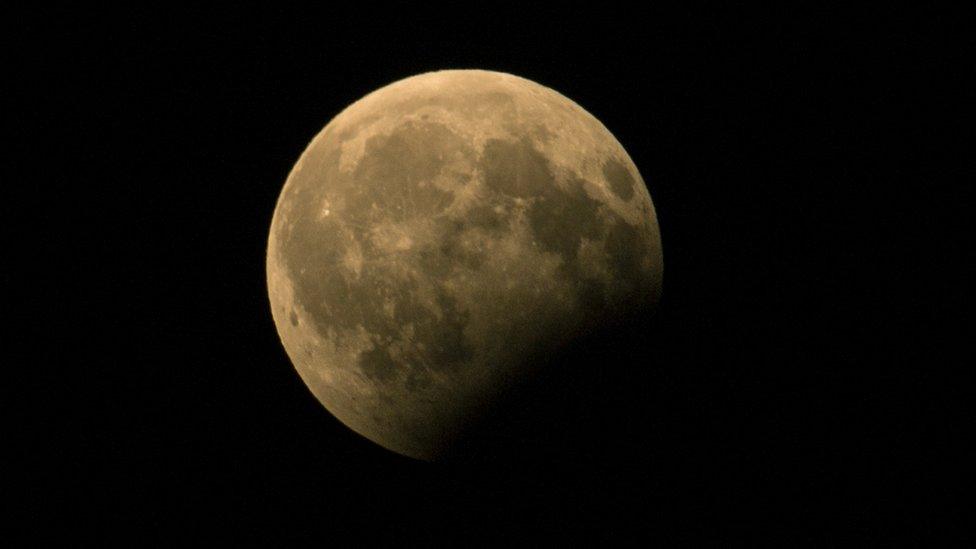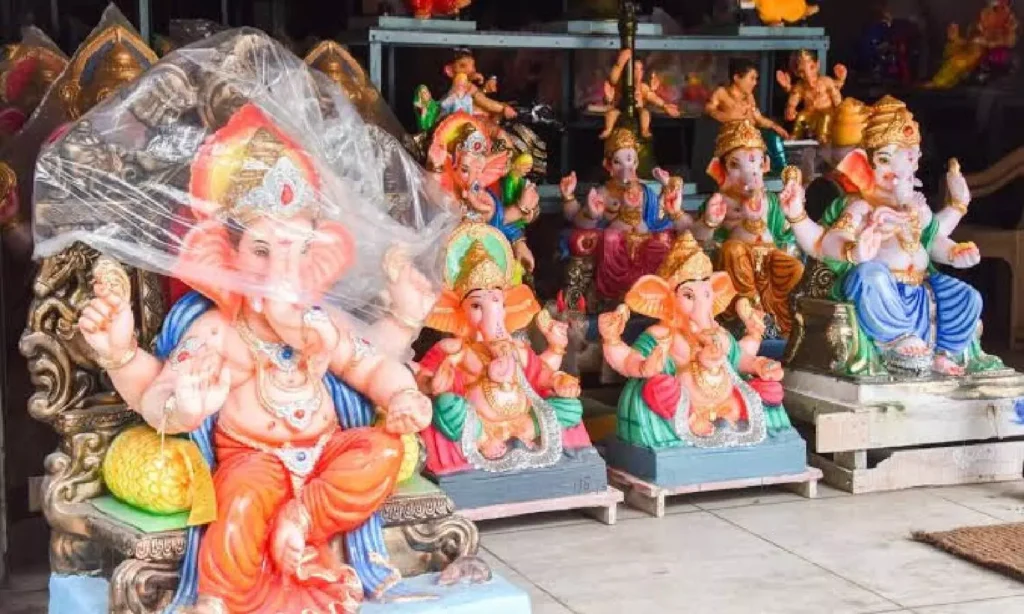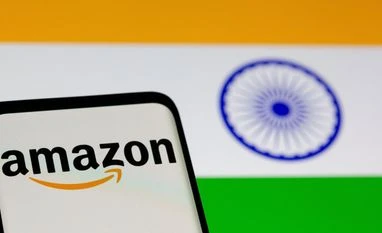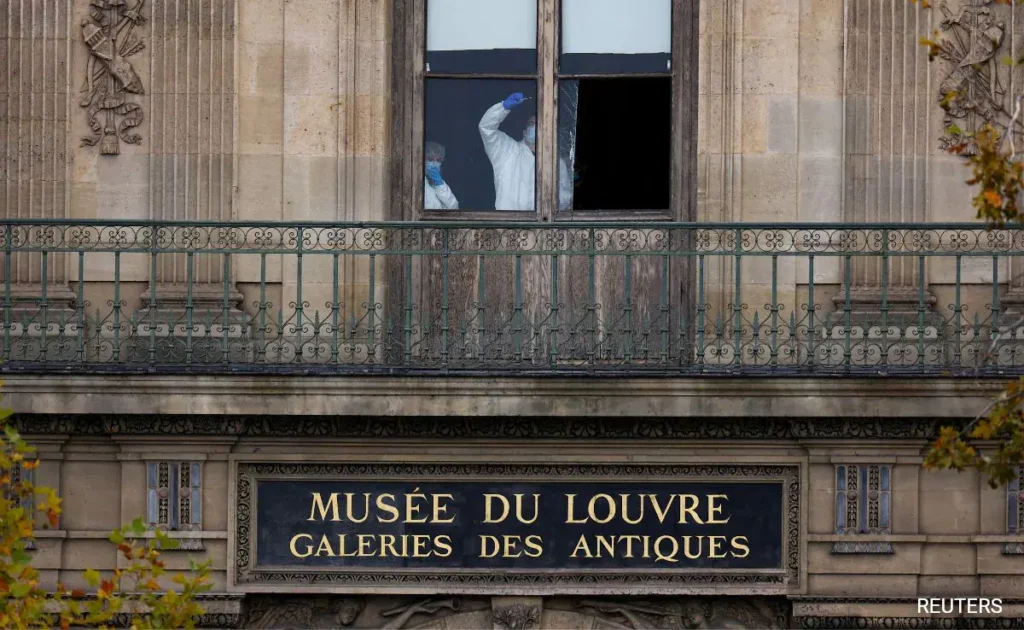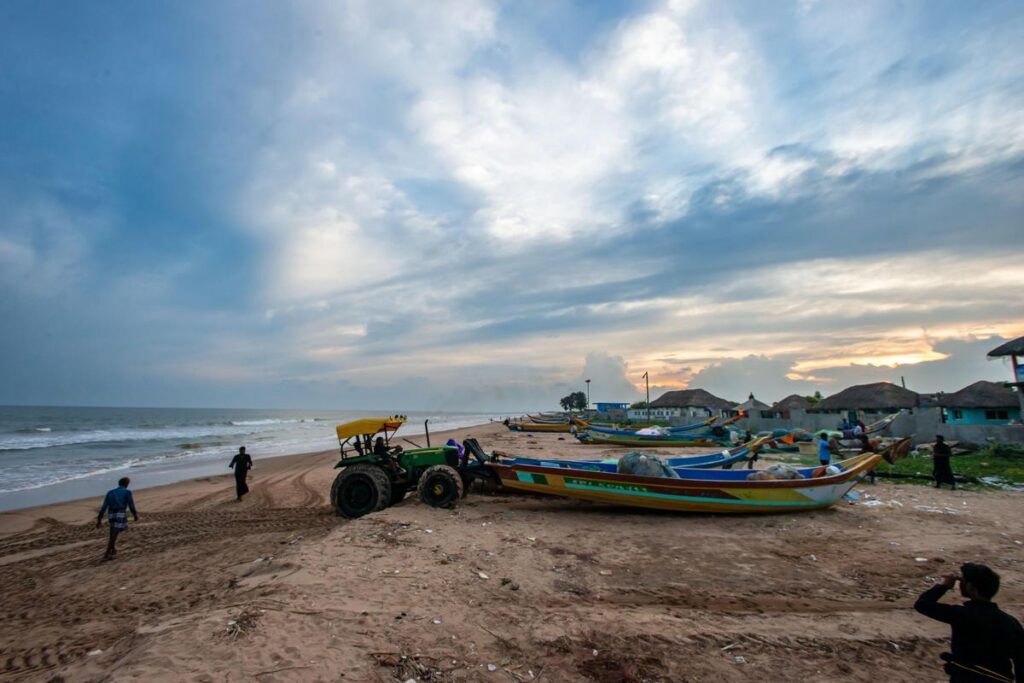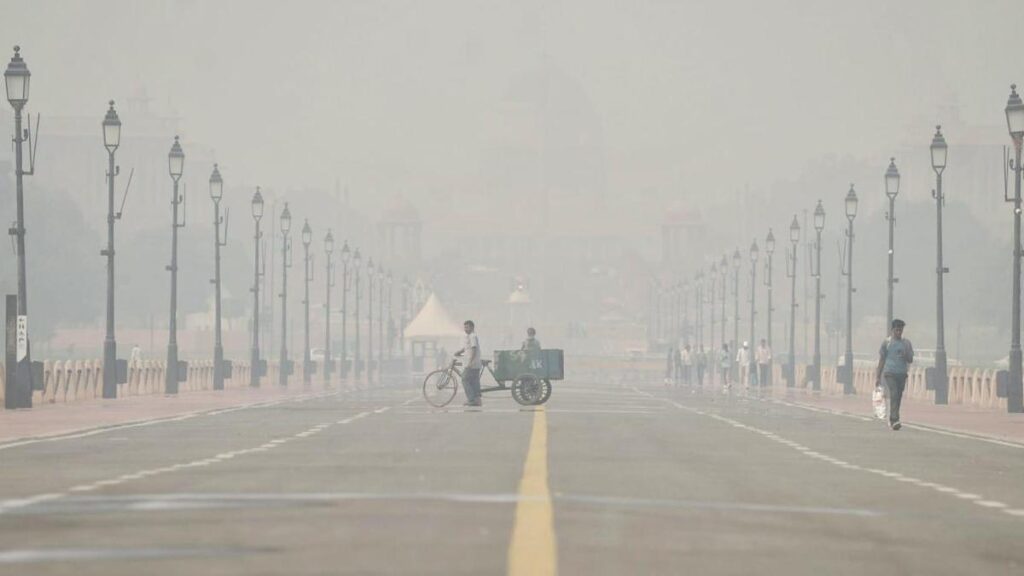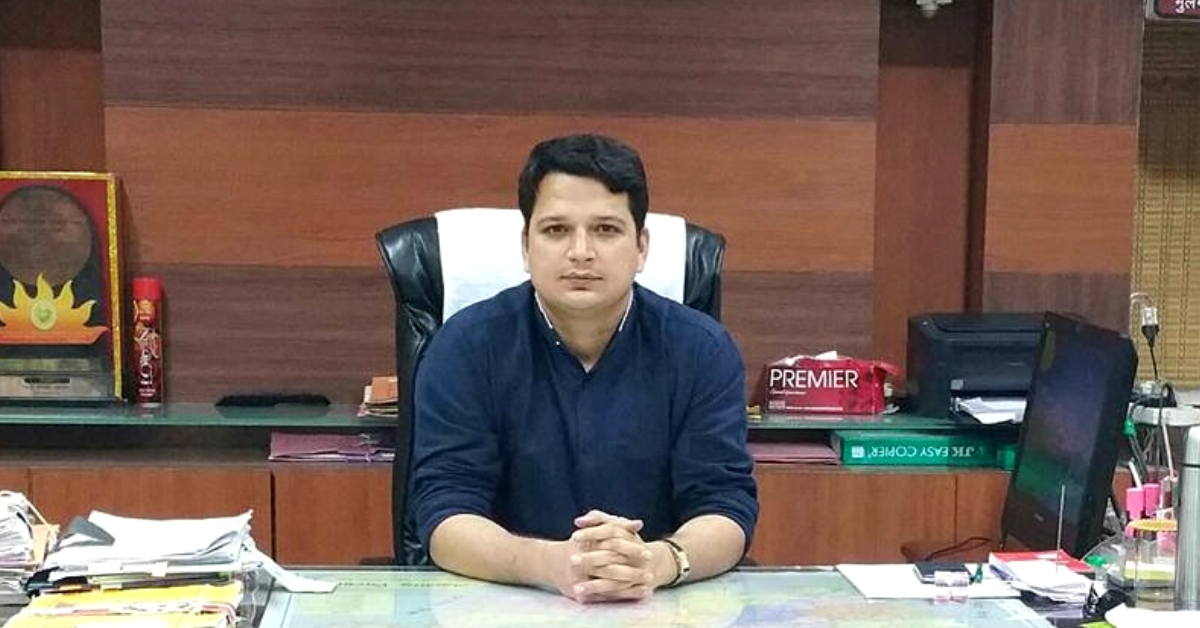Now Reading: AAP Targets BJP Over Delhi Waterlogging Woes, Blames Poor Planning
-
01
AAP Targets BJP Over Delhi Waterlogging Woes, Blames Poor Planning
AAP Targets BJP Over Delhi Waterlogging Woes, Blames Poor Planning
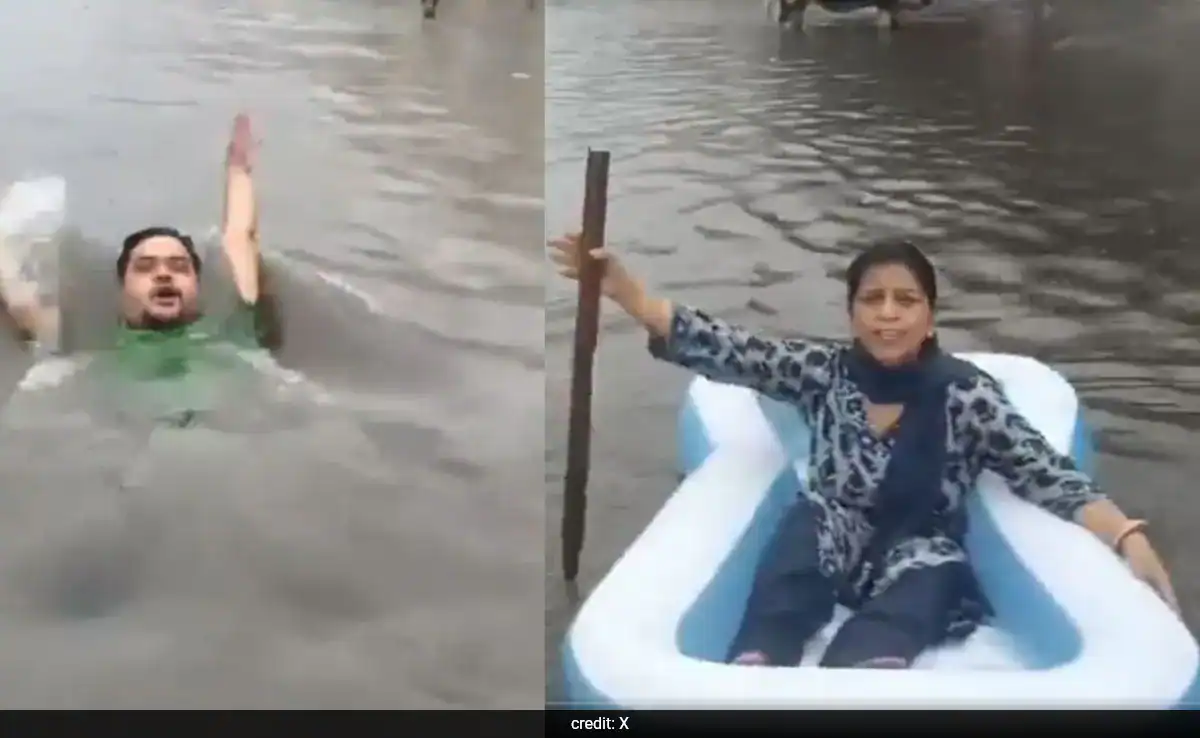
Heavy rains once again brought parts of Delhi to a standstill, and the political blame game has picked up pace. The Aam Aadmi Party (AAP) has criticised the BJP-led administration for what it called a complete failure in managing the city’s drainage systems. Videos and images of submerged roads, stranded vehicles, and commuters wading through knee-deep water have flooded social media since morning.
AAP leaders argued that despite tall promises, the central agencies responsible for Delhi’s infrastructure haven’t acted on long-standing problems. They pointed to key areas like the Pragati Maidan underpass and Minto Bridge—both of which saw waterlogging—as examples of negligence and repeated mismanagement.
In response, BJP leaders claimed that excessive rainfall in a short span was the root cause and that immediate steps were being taken to clear the logged areas. They also highlighted ongoing desilting and infrastructure efforts initiated before monsoon season, accusing AAP of politicising a natural event.
At the heart of the issue is the divided governance model in Delhi. While AAP manages the Delhi government, key land and infrastructure bodies like the PWD and NDMC fall under central control. This overlap often leads to friction and finger-pointing every monsoon.
For residents, especially those in Tier 2-like areas of Delhi’s outskirts or unauthorized colonies, the situation is more than just a political talking point. It’s a recurring disruption that affects daily life, from missed office hours to health risks due to stagnant water.
With elections around the corner, waterlogging may become a bigger poll narrative. But for now, most Delhiites are asking the same question every monsoon: why does the capital of India flood so easily—and who is really accountable?
